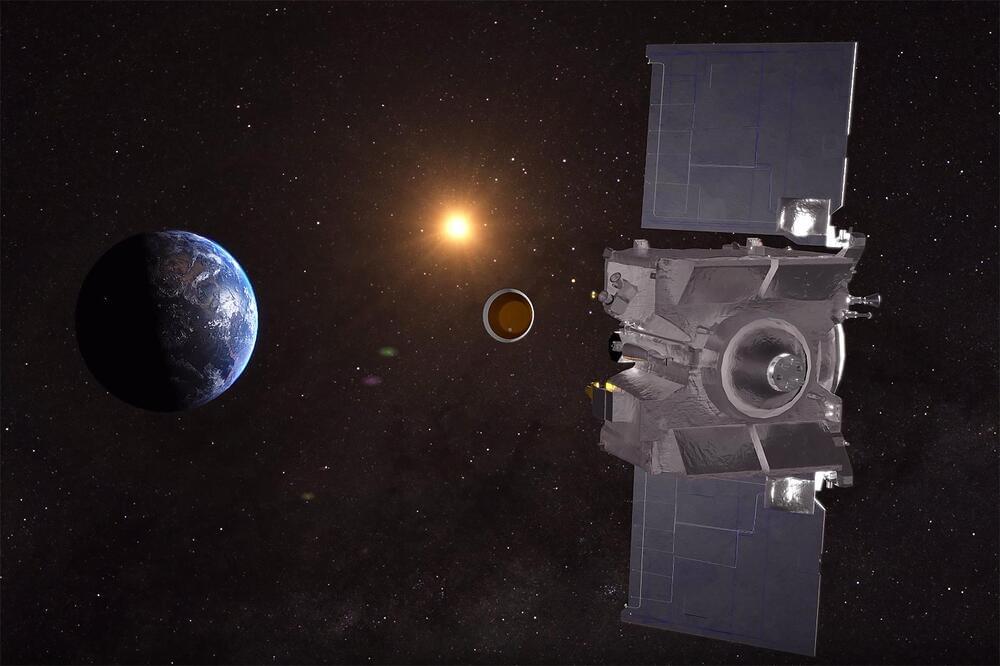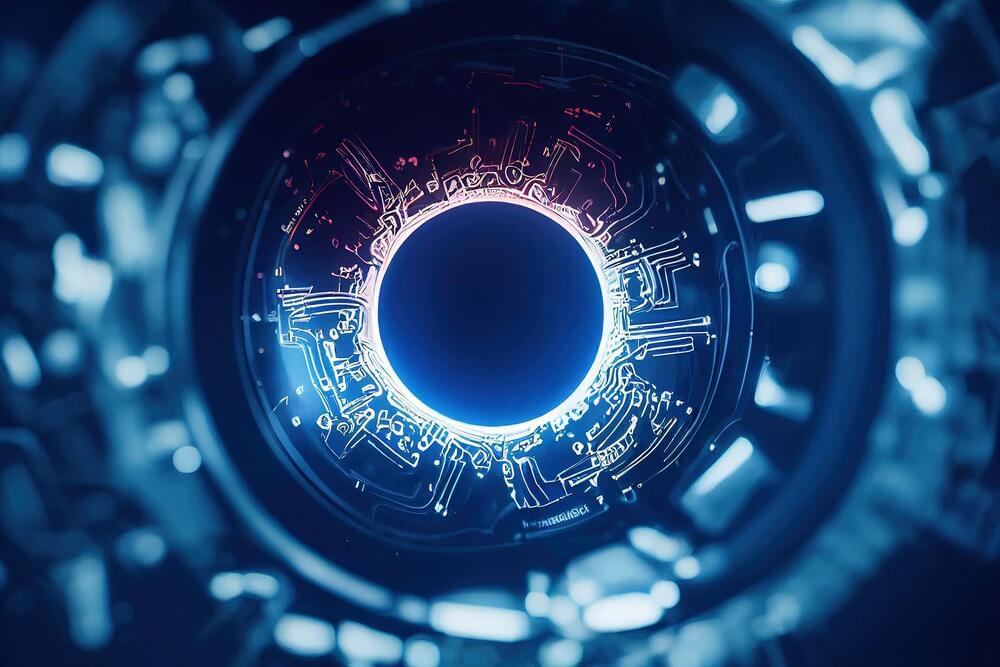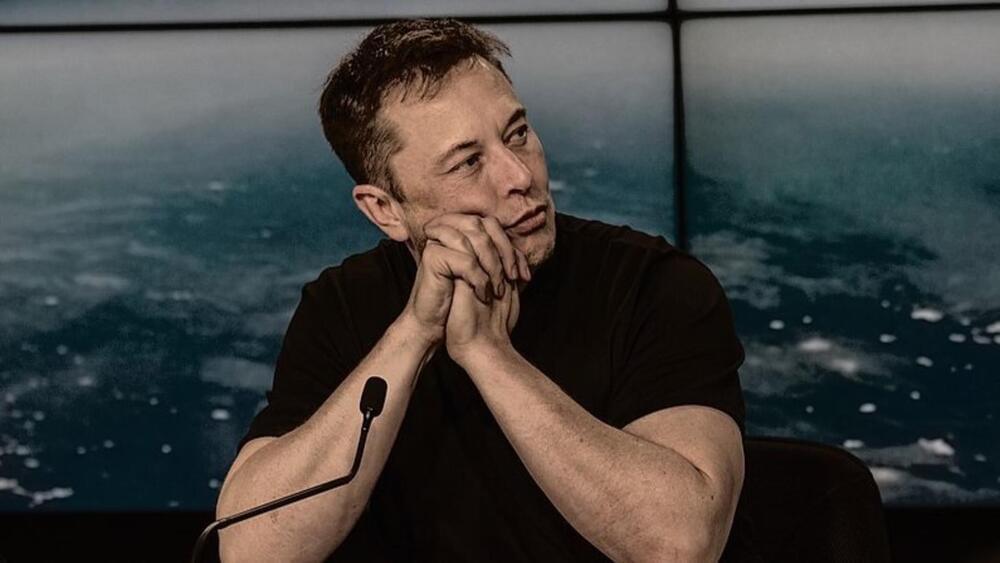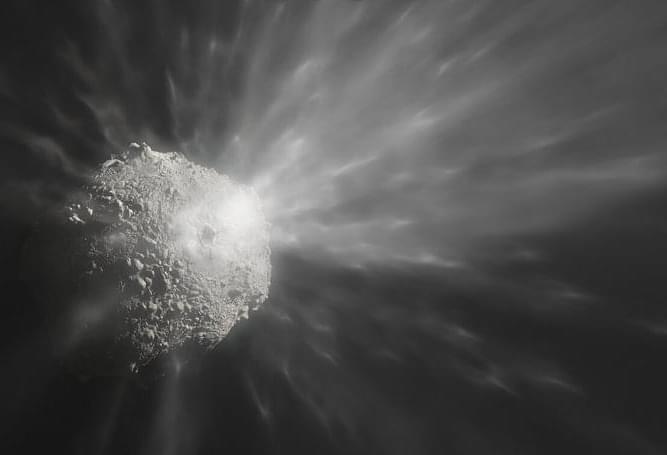Table of Contents:
0) — Intro : 0:00 — 1:49
1) — Ionopocalypse : 1:49 — 7:32
2) — Petrocalypse : 7:32 — 17:03
3) — Ecocalypse : 17:03 — 25:43
4) — Nuclear Apocalypse : 25:43 — 31:06
5) — Biopocalypse : 31:06 — 35:39
6) — Nanopocalypse : 35:40 — 40:15
6) — Infopocalypse : 40:15 — 52:57
7) — Geopocalypse : 52:58 — 58:59
8) — Astropocalypse : 58:59 — 1:04:14
9) — Xenopocalypse1:04:14 — 1:13:10
TWITTER https://twitter.com/hyperontic.
PATREON https://www.patreon.com/hyperontic.
BITCOIN 14ZMLNppEdZCN4bu8FB1BwDaxbWteQKs8i.
BITCOIN CASH 1LhXJjN4FrfJh8LywR3dLG2uGXSaZjey9f.
ETHEREUM 0x1f89b261562C8D4C14aA01590EB42b2378572164
LITECOIN LdB94n8sTUXBto5ZKt82YhEsEmxomFGz3j.
CHAINLINK 0xDF560E12fF416eC2D4BAECC66E323C56af2f6666.



